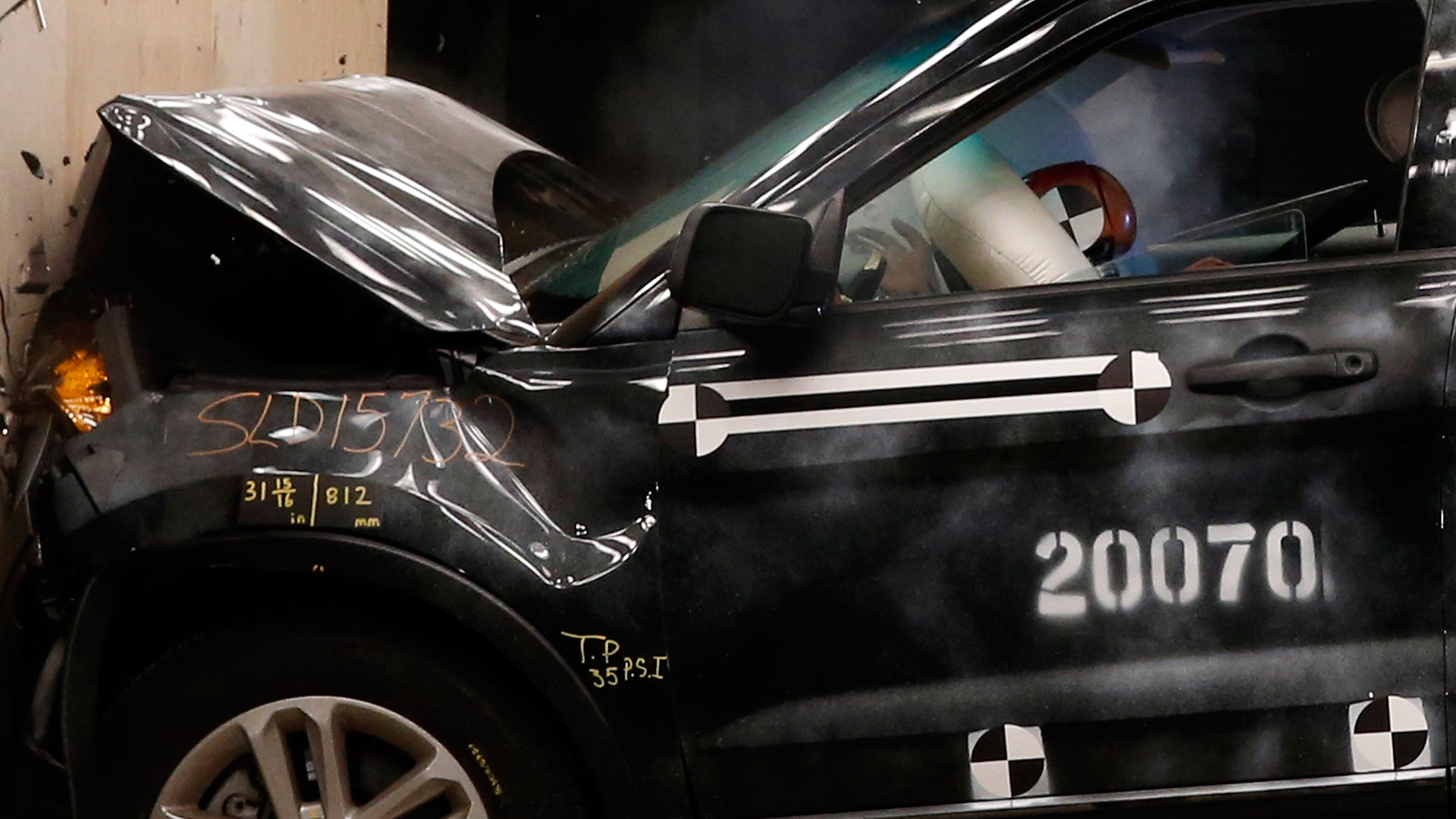

With cars routinely earning four- and five-star crash-test ratings from the insurance industry and federal government, we’ve clearly come a long way from Ralph Nader’s Unsafe At Any Speed days. But with upwards of a dozen airbags surrounding you in a marshmallowy cocoon, automakers have found it difficult to improve on the basic ingredients of car safety. Enter self-driving, semi-autonomous machinery.
Automakers have turned to semi-autonomous safety features like forward collision warning, automatic emergency braking and blind-spot detection to take their vehicle’s safety to the next level. And the National Highway Traffic Safety Administration, or NHTSA, has deigned to incorporate these features into safety ratings for the 2019 model year. Although NHTSA is not mandating these safety features in all cars, the agency’s willingness to include them in safety ratings should encourage manufacturers to include them, creating a snowball effect.
Secretary of Transportation Anthony Foxx told Wired: “Nudging and making it a little harder for folks to get a five star, by pushing the edges of what technology can do to make cars safer, is another part of our strategy.” So if the big brands intend to keep their highly marketable five-star ratings, they need to up their next-gen safety content.
NHTSA will also update its crash-test dummies and institute a half-star system. With these steps in place, don’t be surprised to see a surge in semi-autonomous features trickling down carmakers’ product portfolios. But don’t go reading this as a blanket federal mandate for self-driving cars. That is still, as we’ve seen, a way off. But are we closer? No doubt about it.